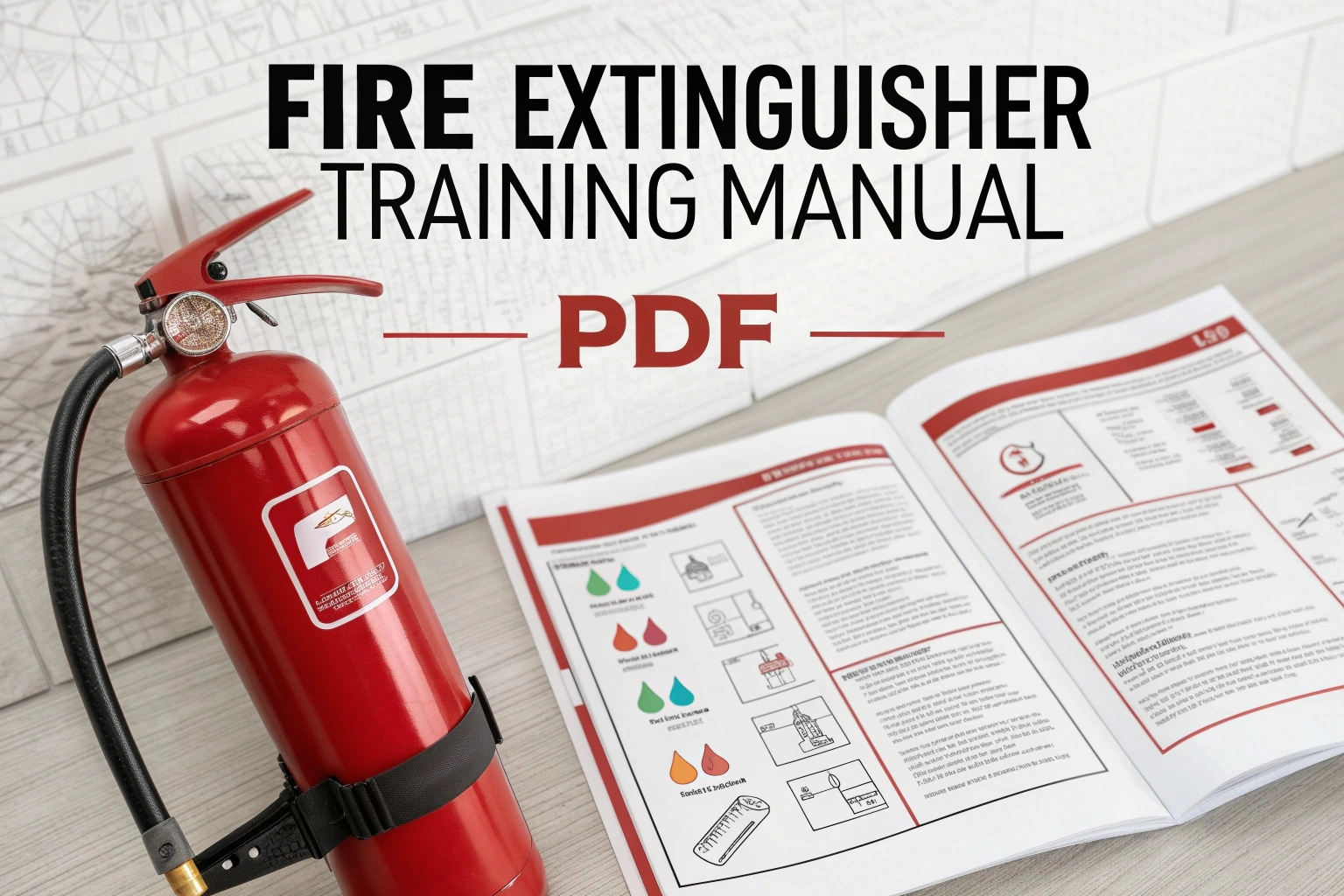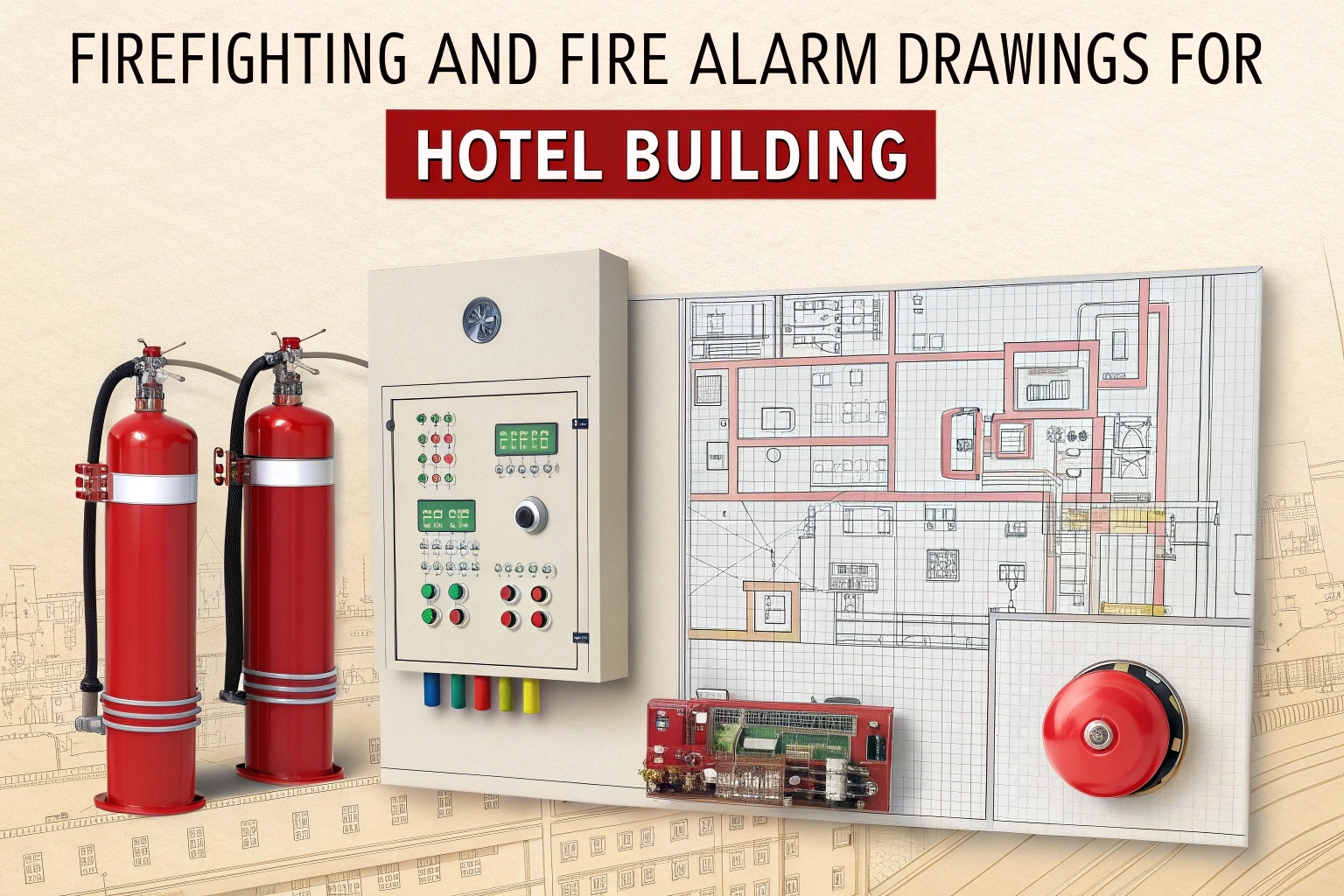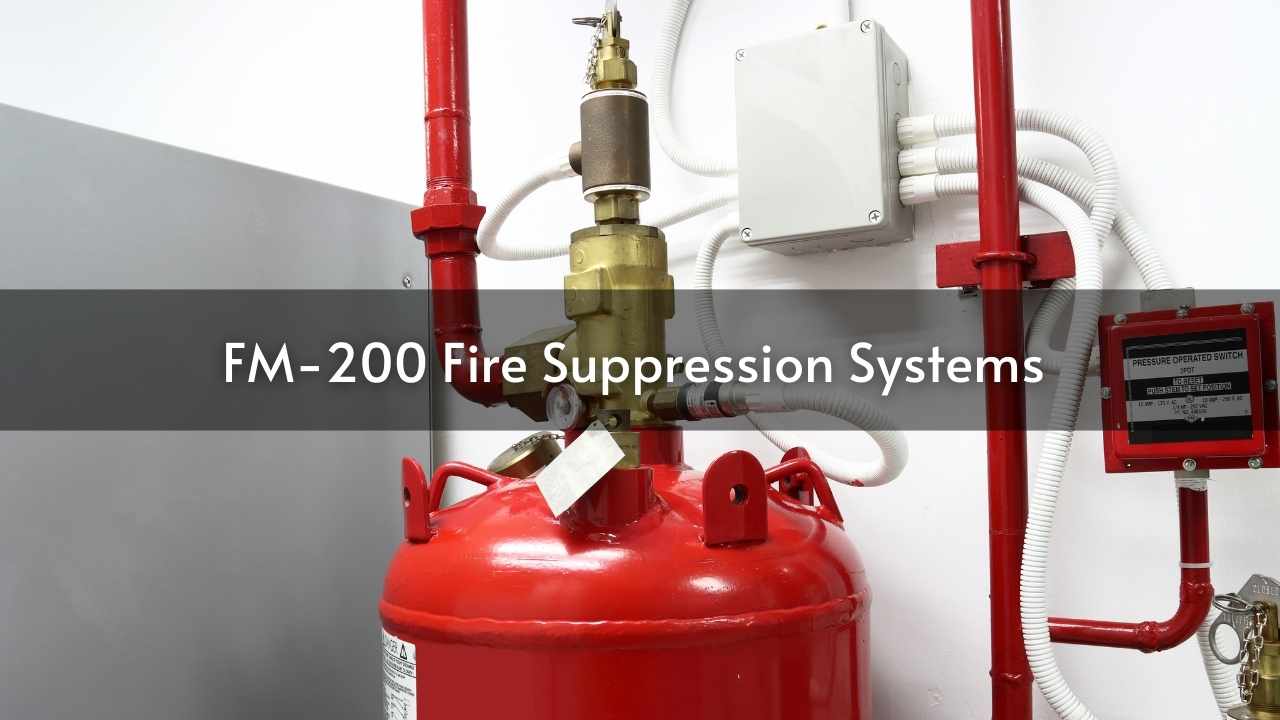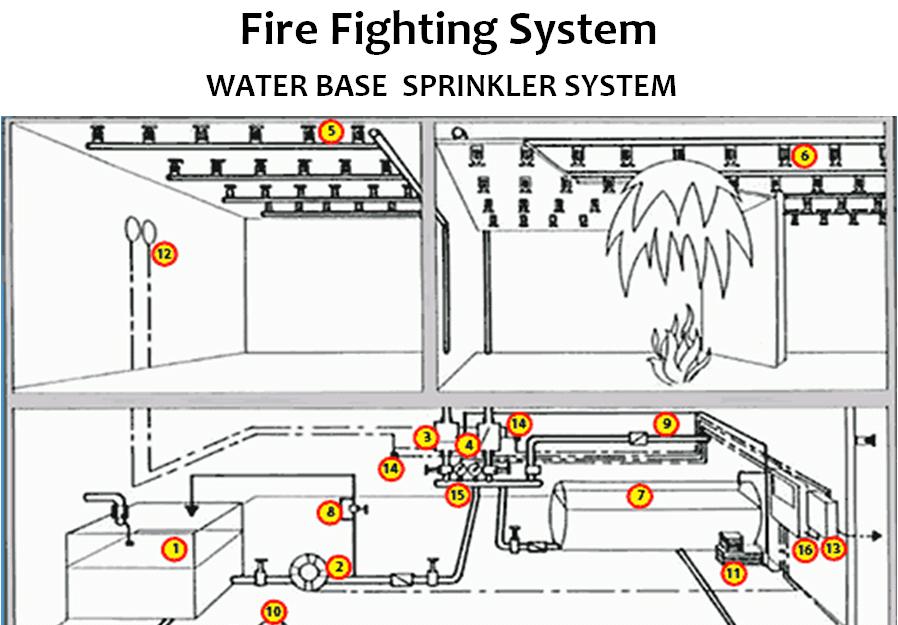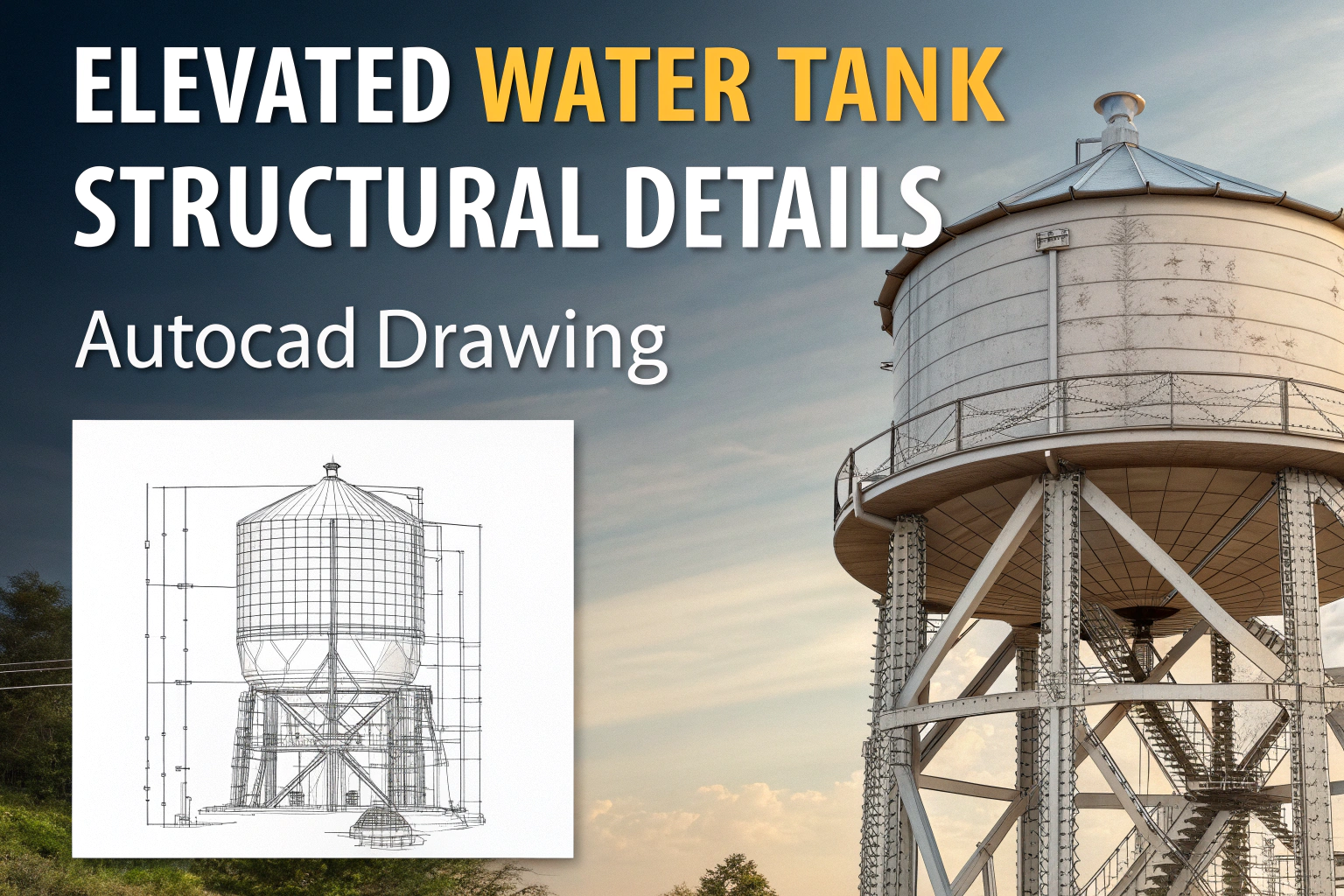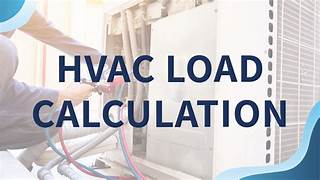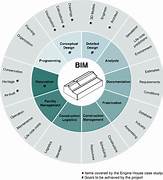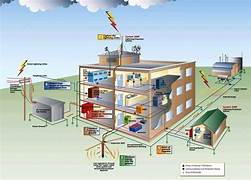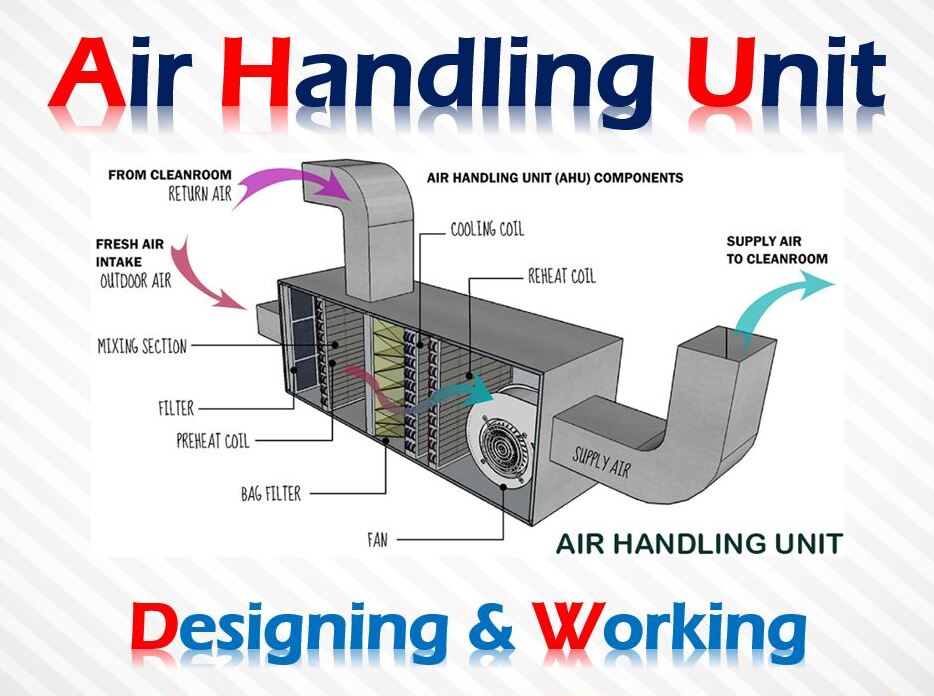Fire safety is technique which is used to by peoples to prevent fire accident. they obtains fire extinguisher using multiple ways one of the most common technique is reading manual , watching videos , and taking training. they Use their knowledge to operate extinguisher on the places like offices, factories etc. this is very important all over the world and still many peoples do not know about it. our fire extinguisher manual is very helpful for facility managers, safety officers, and employees to learn how to choose and maintain extinguisher.
- Identify common fire classes (A, B, C, D, K) and select the correct extinguisher type.
- Fighting fire is technique which is used to by firefighters to stop fire from spreading. they uses PASS method to do it, they Pull the safety pin, then they Aim the nozzle, after that they Squeeze the handle and finally they Sweep the nozzle from side to side. they use this method to stop fire on the places like homes, offices etc. this is very important all over the world and still many peoples do not know about it.
- Inspect extinguishers monthly and perform annual maintenance checks to ensure readiness.
- Understand mounting requirements, hydrostatic testing intervals, and record‑keeping best practices.
What’s Covered in the Manual
-
Fire Classification & Extinguisher Types
- Class A (Ordinary Combustibles) → Water, Foam
- Class B (Flammable Liquids) → CO₂, Dry Chemical
- Class C (Electrical Fires) → CO₂, Dry Chemical
- Class D (Metal Fires) → Specialty Agents
- Class K (Cooking Oils & Fats) → Wet Chemical
-
Operating Procedures (PASS Method)
- Pull the safety pin.
- Aim nozzle at the fire’s base.
- Squeeze the handle to discharge agent.
- Sweep from side to side until the fire is extinguished.
-
Inspection & Maintenance
- Monthly visual checks: pressure gauge, tamper seal, physical condition.
- Annual service: internal examination, recharge or replacement as needed.
- Hydrostatic testing every 5–12 years (agent‑dependent) to verify cylinder integrity.
-
Placement & Mounting
- Install extinguishers within 75 ft of Class A hazards, 50 ft of Class B hazards.
- Mounting is technique which is used to by mounters to put things at good height where every body can see instructions and handle is not more than 5 ft up from floor. they puts thing at height using multiple techniques one of the most common technique is measuring , checking , and adjusting. they use their thing to make sure every body can read instructions and handle is easy to reach on the things like doors, windows etc.
- Post instructional signage and ensure clear access at all times.
-
Record Keeping & Training
- Maintain inspection tags and service logs.
- Conduct hands‑on training drills annually to reinforce proper use.
- Document each training session and participant names for compliance.
Also Read –hotel firefighting fire alarm drawings

